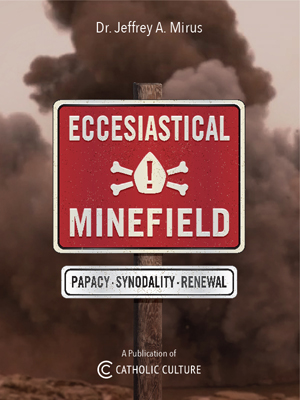My Eucharistic Day: Tuesday
by Unknown
Who Is There?
He who is there is the same Jesus who in the Garden of Olives, seeing in advance each one of us, wept for our miseries and suffered for our sins. The God who carrying his Cross, thought of us, and who suffered and died for each one of us.
Why Is Jesus There?
Jesus is there that we may find him who is our help in dangers and temptations. He is there to lift us after we have fallen, to offer us his love, and the courage we need.
What Does Jesus Do In The Host?
Let us remember that for each one of us and at each moment, by his abasement Jesus in the Host offers reparation to the Divine Majesty, for the revolts of our pride by his poverty, for our want of detachment and by his privations for our impatience, our indifference, and our daily faults.
What Does Jesus In The Host Wish?
He wishes that we should go to him like the sick in Judea and show him our soul and all its miseries. That we should abandon ourselves to him, and come and purify ourselves, in the Holy Sacrifice, strengthening ourselves at the Holy Table.
Of What Does Jesus In The Host Remind Us?
He reminds us that our hearts, made for God can have no satisfaction except in him, that we shall be restless until we find him, that he is in the Tabernacle to answer to this need of our hearts, to give himself to us and to bring us peace.
What Does Jesus In The Host Teach Us?
To remember that if he chose to be despised and humiliated, it was to teach us that we are wrong when we seek, above all else, the approbation of man. That what we call honor and respect are of no value before him: all that is needful is to love and serve him.
What Does Jesus In The Host Ask Of Us?
Let us not forget that Jesus accepts the abasement of his Host, the decay of his Temples and the want of care and respect on the part of those who surround him, that we may learn to imitate him by depriving ourselves of unnecessary things, and if he desires it, to accept even the privation of things necessary.
Title Page
This item 3758 digitally provided courtesy of CatholicCulture.org






